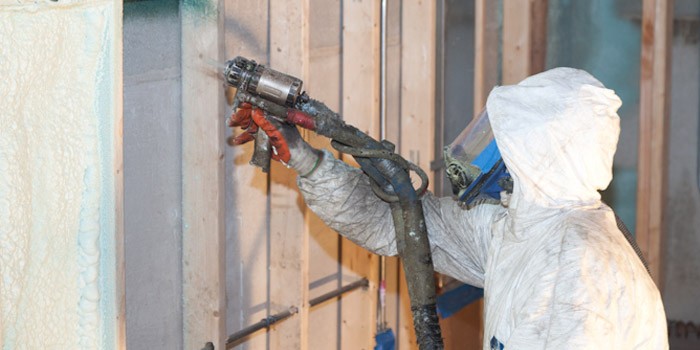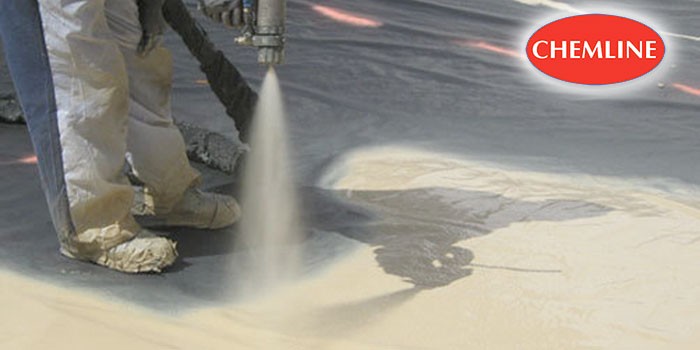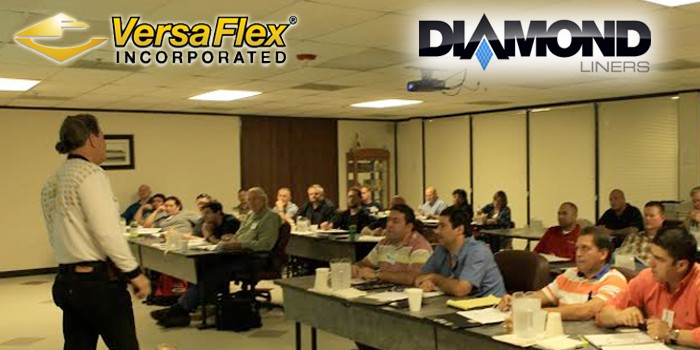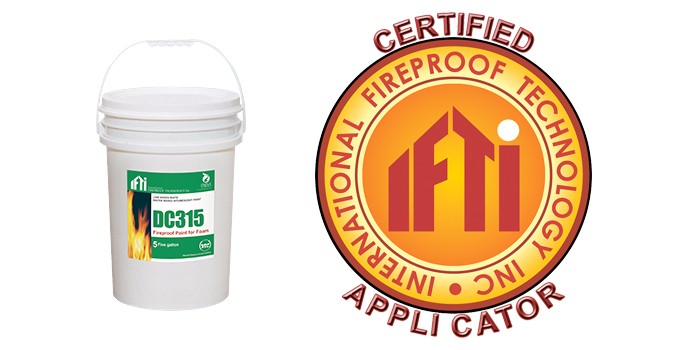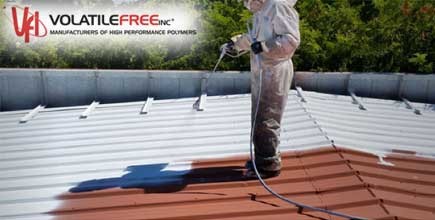SSPC Releases Paint 45 Standard for Polyurea
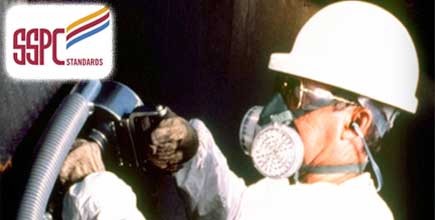
PITTSBURGH, PA – January 8, 2013 – SSPC is pleased to announce the release of SSPC-Paint 45, a new standard that describes performance requirements for polyurea and polyurea/polyurethane hybrid coatings used to protect industrial structures.
Developed by C.1.9, Polyurea Coatings Committee, SSPC-Paint 45 is designed to establish performance criteria for polyurea and polyurea/polyurethane hybrid coatings, and may be used by coating manufacturers and specifiers as a set of performance benchmarks.
Coatings meeting the requirements of SSPC-Paint 45 may be used over steel or concrete substrates, applied either directly to the substrate or over a compatible primer. They may be used in interior or exterior environments including fresh water and salt water splash zones, fresh and salt water immersion, and soil immersion. Consult the coating manufacturer for information on specific chemical resistance.
An example of a specification statement for coatings meeting performance requirements of this standard might read as shown below. [Language within brackets is provided for purpose of this example only.]
"The coating selected shall be suitable for exposure in SSPC Environmental Zone [2A] and shall meet or exceed [Level 2] performance requirements for a Type [2a] coating as defined in SSPC-Paint 45."
Description of Contents
This standard contains minimum performance requirements for two types of two-component polyurea coatings and two types of polyurea/polyurethane hybrid coatings. Type I coatings are polyurea coatings; Type II are polyurea/polyurethane hybrid coatings. Within each Type, coatings may be classified as fast-cure (dry hard times of less than 2 minutes) or moderate cure (dry hard times range from 2 to 30 minutes).
Two performance levels based on resistance to deterioration by artificial weathering are provided for coatings meeting the requirements of this standard. Coatings meeting Level 1 are suitable for interior exposure. Coatings meeting Level 2 have demonstrated superior resistance to deterioration by artificial weathering (ultraviolet light) and are more appropriate for exterior exposure.
Additional performance properties evaluated by laboratory testing include tensile strength, elongation, tear strength, linear cure shrinkage, abrasion resistance, permeance, and adhesion tests. In addition, coatings to be used in immersion service must also meet performance requirements for hardness retention, resistance to blistering and delamination, and resistance to mass and volume change.
About SSPC: The Society for Protective Coatings was founded in 1950 as the Steel Structures Painting Council, a non-profit professional society concerned with the use of coatings to protect industrial steel structures. In 1997, the name of the association was changed to The Society for Protective Coatings to better reflect the changing nature of coatings technology and the ever-expanding types of construction materials. is the only non-profit association that is focused on the protection and preservation of concrete, steel and other industrial and marine structures and surfaces through the use of high-performance protective, marine and industrial coatings. SSPC is the leading source of information on surface preparation, coating selection, coating application, environmental regulations, and health and safety issues that affect the protective coatings industry.
Disqus website name not provided.




